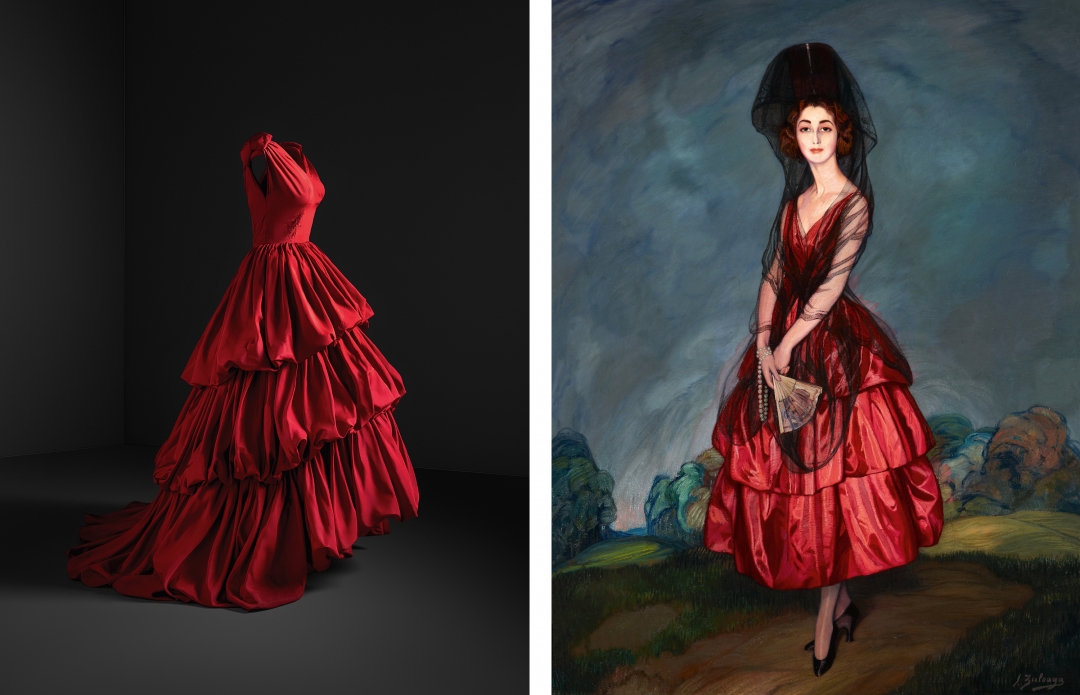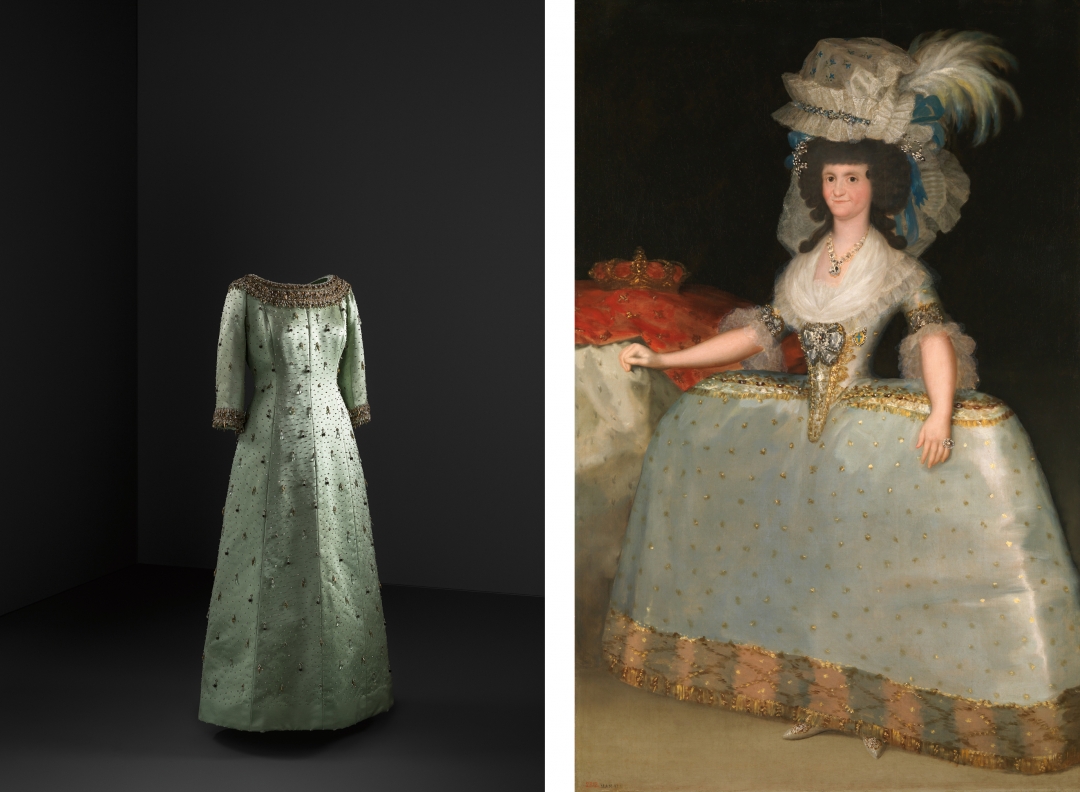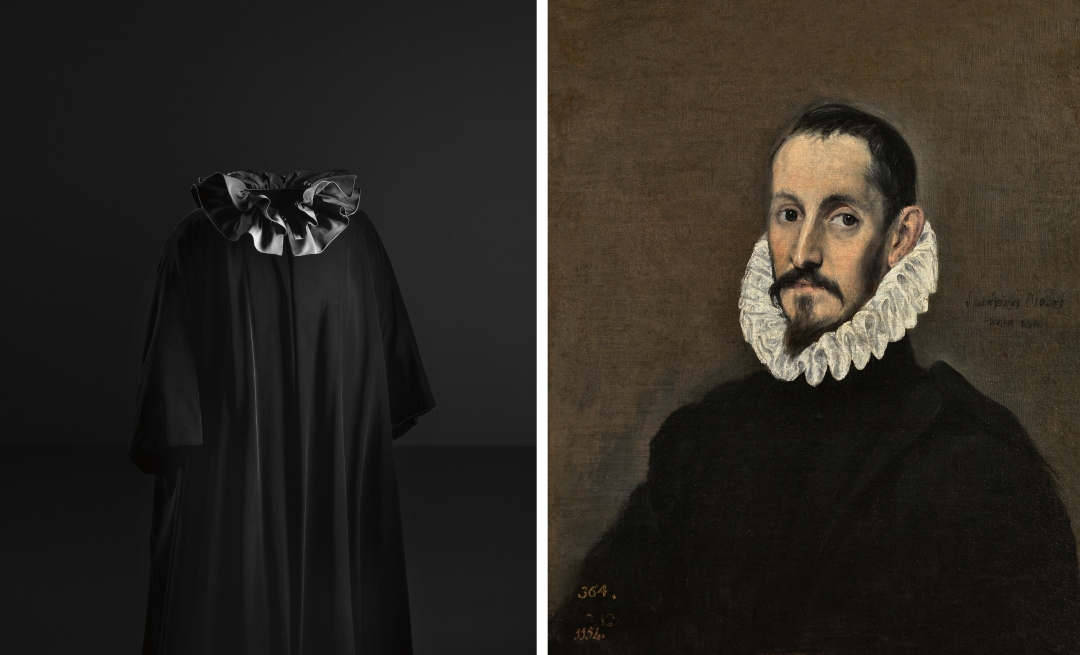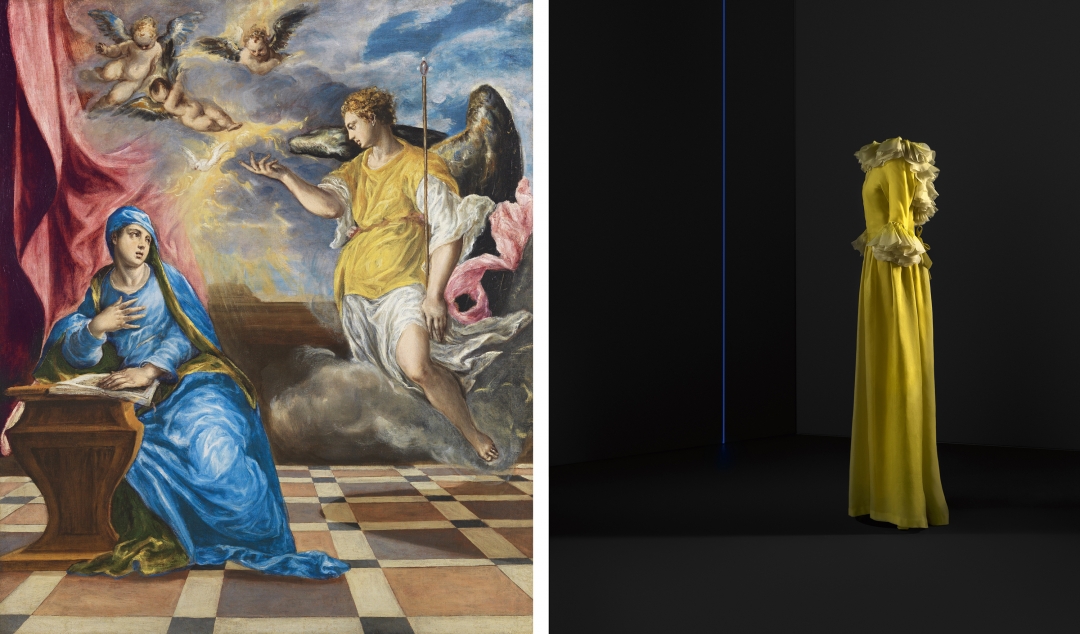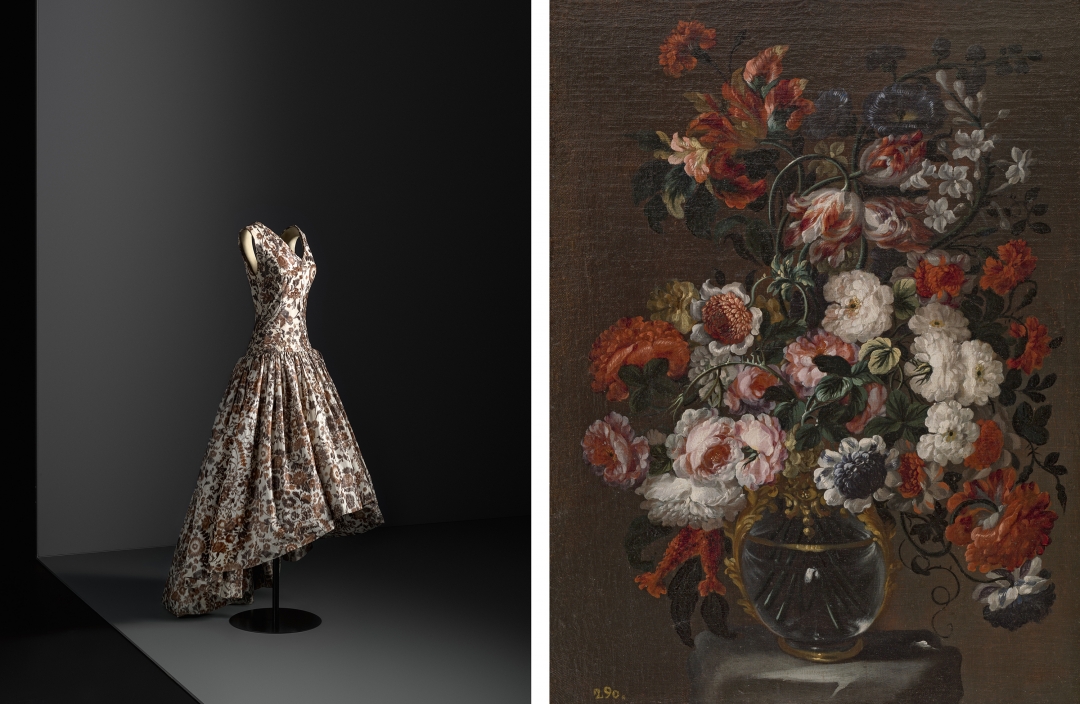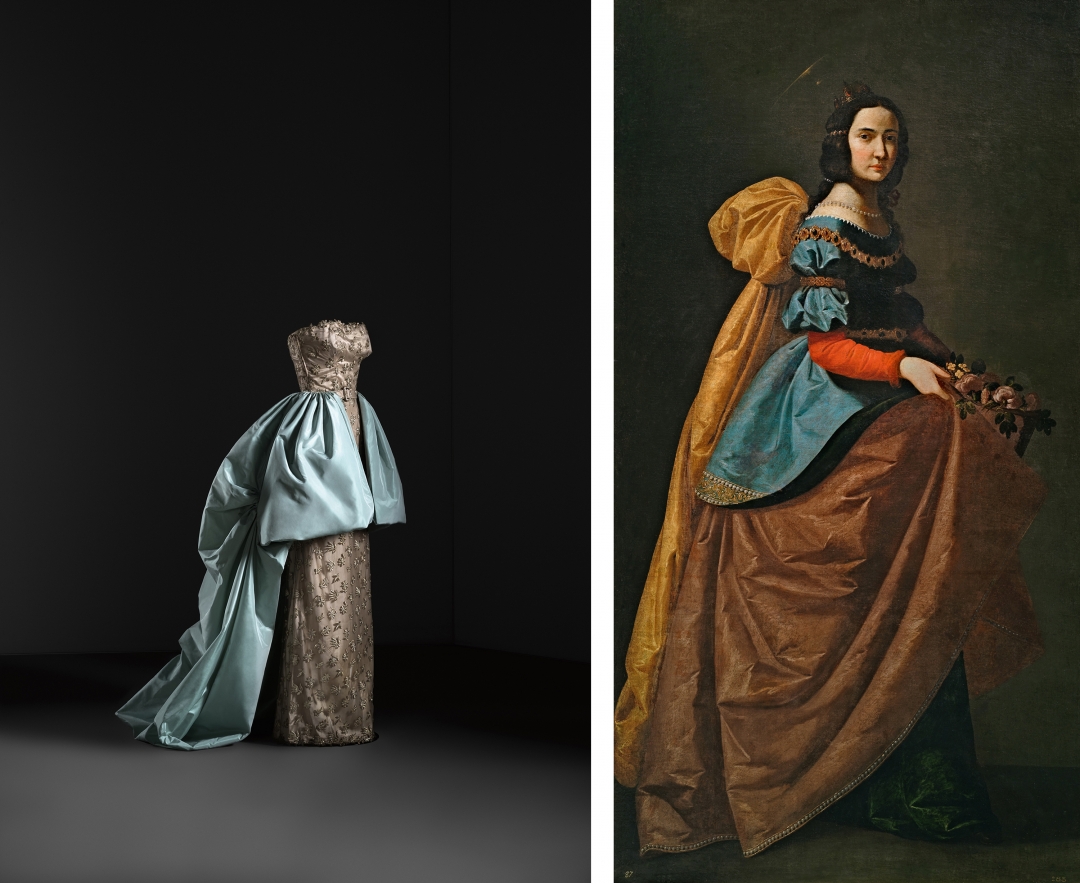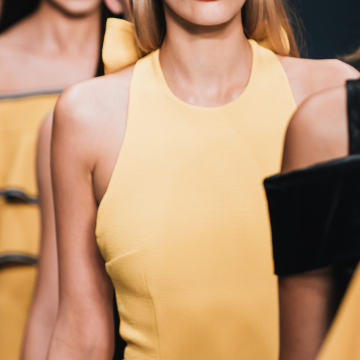Since opening on the 17th of April, Espacio Iberia has welcomed dozens of guests with one thing in common: their infinite talent. Talent that has inspired all the people who have sat there to listen to them.
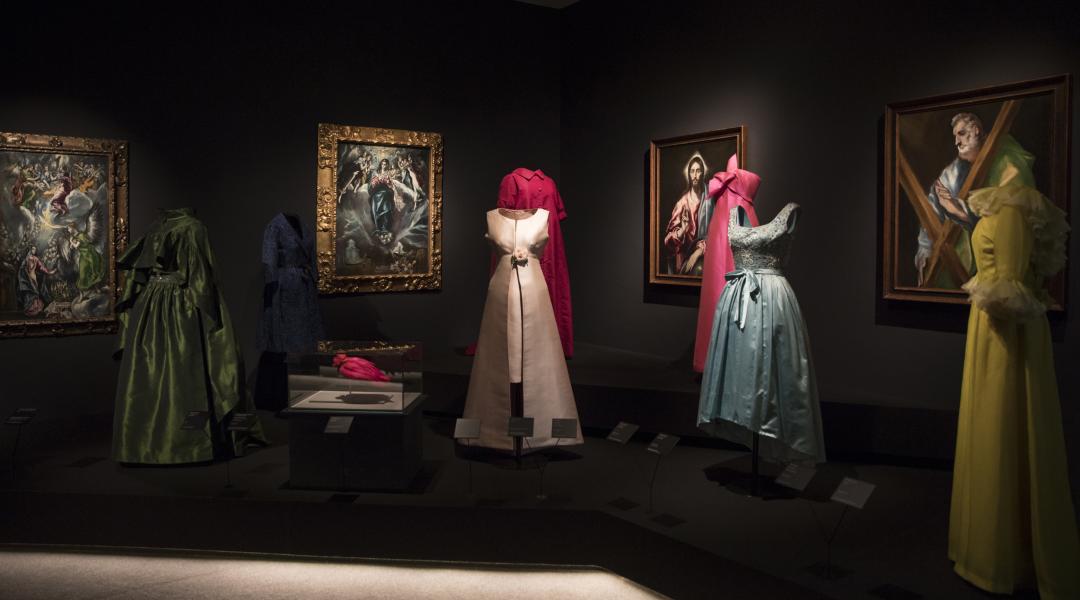
In order to understand the present of Balenciaga, the most important Spanish couturier ever, we must look back into a past that, curiously enough, mirrors our time. “Balenciaga continues being aspirational. He was the most expensive designer of his time and today the firm is coveted by millennials and trendsetters,” says Eloy Martínez de la Pera, curator of the exhibition 'Balenciaga and Spanish Painting' on show at Museo Thyssen-Bornemisza until 22 September.
“My father was a fisherman, my mother a dressmaker. I was lucky because in that small town, Guetaria, near San Sebastian, was the summer residence of a great lady, the Marchioness of Casa Torres, the great-grandmother of the future Queen Fabiola. I had nothing but eyes for her when she came to church on Sundays, getting off her tilbury wearing long dresses and lace umbrellas. One day, gathering all my courage, I asked the marchioness to visit her wardrobes. Amused, she accepted. I was 12 years old when she authorized me to make her first dress. You can imagine my joy when, the following Sunday, the lady arrived at the church wearing it. This is how I got myself into high couture and high society,” Balenciaga told Paris-Match in an interview published in 1968.
The Museo Nacional Thyssen-Bornemisza has connected the work of Balenciaga, the most admired and influential fashion designer of all time, with the tradition of 16th- to 20th-century Spanish painting. It is the first great exhibition devoted to the Basque couturier in Madrid in 50 years and the first one accompanied by a selection of paintings by outstanding Spanish artists who were among his main sources of inspiration. The exhibition takes visitors on an intensive tour around 55 paintings and 90 dresses, key moments in the couturier’s evolution that are instrumental to translate the relevance of Cristóbal Balenciaga (Guetaria, 1895-Jávea, 1972). El Greco, Velázquez, Pantoja de la Cruz, Zurbarán, Murillo, Sánchez Coello, Arellano, Goya, Madrazo and Zuloaga, among others, become exceptional partners thanks to the brilliant work done by curator Eloy Martínez de la Pera.
“Balenciaga’s signatures, including the barrel line, the chemise, the balloon hem, the tunic dress and the sack dress, as well as the pure lines that earned him the nickname of ‘architect of fashion’, are still among us today,” says Martínez de la Pera, who also highlights the over six years it took him to gather all the pieces making up this unique approximation to the genius couturier. “My aim was to engage in the first dialogues between art and fashion. It’s been long and laborious yet tremendously satisfying.”
These dialogues translate into an exhibition showcasing, for example, Goya’s portrait of María Luisa de Parma together with the silk and viscose lace dress Balenciaga designed in 1948, or the famous Portrait of a Young Knight by El Greco (c. 1586) sitting next to the designer’s iconic black, silk velvet evening coat with ruffled collar. These similarities can also be found in Zurbarán’s paintings of Saint Casilda and Saint Elizabeth (c. 1635) and the evening ensemble with a satin, silk taffeta overskirt loaned by the Museo del Traje and the Museo Balenciaga. “I’ve strived all this time to find paintings that are at the same level as Balenciaga’s designs,” de la Pera concludes.
The exhibition takes visitors on an intensive tour around 55 paintings and 90 dresses, key moments in the couturier’s evolution
The Marquise de Casa Torres’ commission was the first in an endless list. There started an intense and fruitful career with highlights such as Balenciaga's first boutique in San Sebastian, his arrival in Paris, his close relationship with Wladzio d'Attainville (a Polish-French aristocrat who became his partner), his rivalry with Christian Dior and the recognition of relevant figures such as Greta Garbo, Grace Kelly, Mona Bismarck, and Marlene Dietrich, all of whom he dressed assiduously.
Today, Balenciaga the firm enjoys excellent health and recognition among new generations thanks to the work of Georgian creative director Demna Gvasalia, who has translated Don Cristóbal’s spirit into contemporary language since 2015. With a minimalist style, in line with the firm’s century-long tradition, Gvasalia—who cut his teeth on fashion at his own firm, Vetements, and at others before that including Maison Martin Margiela and Louis Vuitton—is behind Balenciaga’s growing sales and is responsible for keeping the name of the most important Spanish fashion designer of all times alive and powerful.
